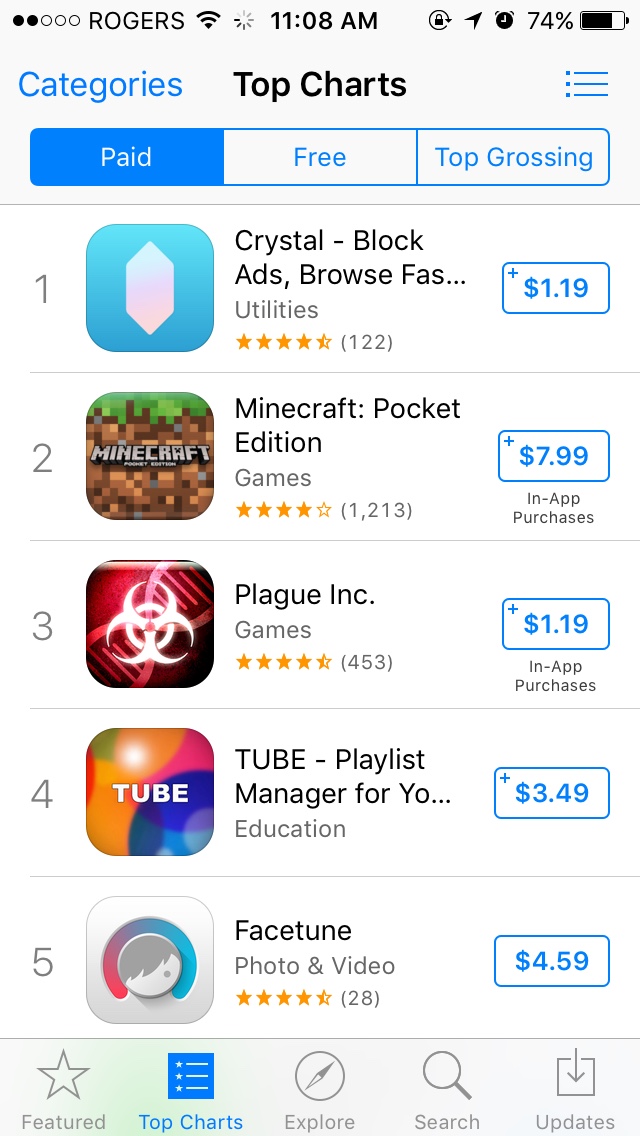While excitement has surrounded the release of iOS9, the addition of ad-blocking capabilities on Safari has been met with a much more tepid reaction in some circles.
Many companies perceive this as a threat to their current business models, particularly online publishers and organizations who have mobile advertising at the center of their monetization strategy. And they should.
It’s estimated that ad blocking cost publishers nearly $22 billion so far in 2015, and has grown at a rate of 41% globally in the past year alone. Furthermore, considering iOS9 has been adopted faster than any other version of iOS and ad blockers are topping the App Store for iOS9 users, the ability to tune mobile ads out while surfing the web is now present on millions of devices.
However, there is some good news. Ad-blocking will only affect mobile browsing on Safari, meaning in-app advertising will remain unaffected by Apple’s support of the technology. It also means that putting mobile applications at the forefront of your mobile strategy is more important than ever. Here’s why.
Ad Dollars Will Move Toward In-App Ads
It’s likely that cutting down the effectiveness of mobile web advertising via ad-blocking will prompt mobile advertisers to focus dollars on different channels that will elicit better results. Since apps themselves remain unaffected by this shift, this is a logical place for advertisers to turn.
Consequently, if advertising revenue is a big part of your business, having a mobile app will open up tons of opportunity as advertisers push dollars from mobile web to in-app advertising.
In-App Advertising Is More Effective
Image via Medialets
Not only are we likely to see more advertisers push for in-app advertising, but there’s a good chance they’ll find that these types of ads are even more effective than mobile web ads. A study done by Medialets found that ads in apps get more than double the click-through rates than ads on mobile web. As in-app advertising ramps up, and advertisers find it to be more effective, even more money (at least theoretically) will be invested in this medium.
Apps Offer More Control and Better User Insight
While targeting options on mobile web can be quite advanced, the user insights and contextual advertising capabilities gained from a mobile app is even more sophisticated. As eMarketer observes, “advertisers are finding compelling opportunities through video, rich media and native in mobile apps, as well as a better ability to target captive audiences.”
The right recipe of usage information and analytics can open up a completely new set of insights that can be leveraged for hyper-targeted advertising. Things like content viewed in-app, profile characteristics and demographics, usage history, screen flow, and more can be used to dynamically serve the most relevant ads to the right users at the right time.
Furthermore, companies can use these insights to send relevant in-app messaging to their users to promote particular events, deals, in-app purchases, and even re-engage users.
It’s still early to say to what extent ad-blocking on iOS9 will affect mobile web advertising, but there is no doubt it will have a significant impact. Shifting the focus to in-app advertising will help brands – whether they are advertising their products and services, or selling ad space – continue to refine and improve their mobile monetization strategies.







